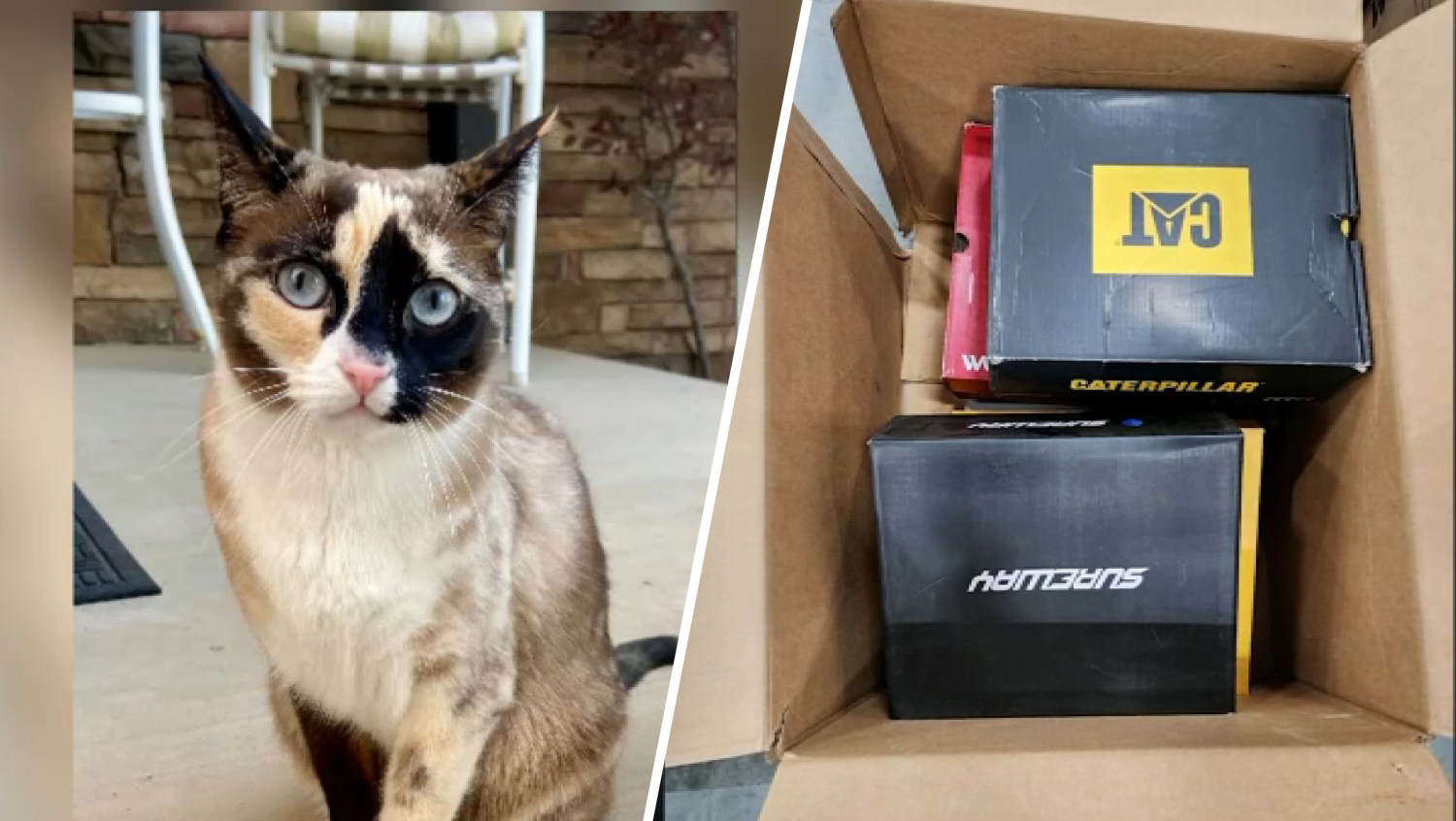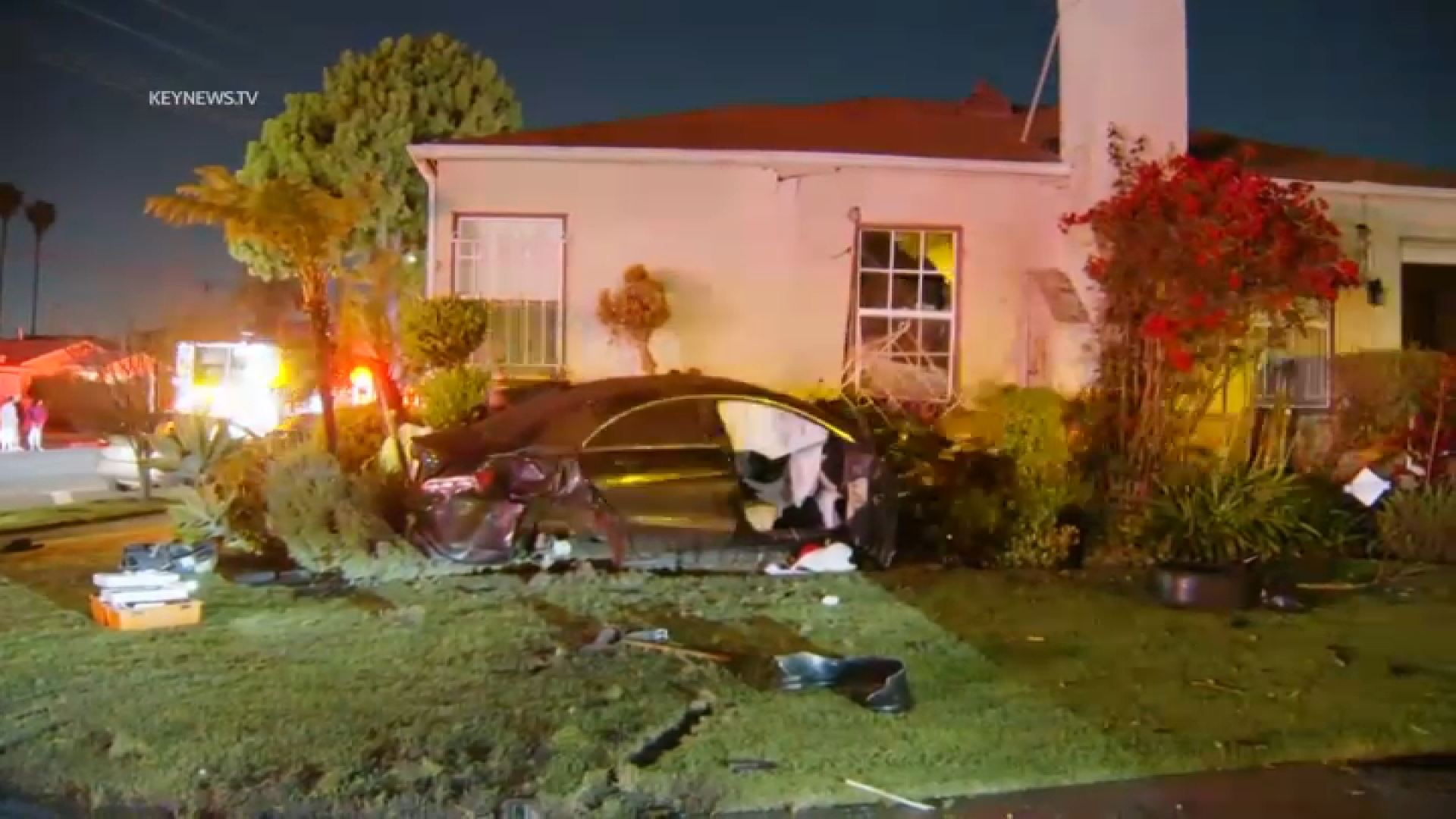Minutes before a gunman opened fire in a Los Angeles International Airport terminal last fall, killing a security screener and wounding three other people, the two armed officers assigned to the area left for breaks without informing a dispatcher as required.
The Los Angeles Airport Police Department officers were outside Terminal 3 when authorities say Paul Ciancia opened fire with an assault rifle in an attack targeting Transportation Security Administration officers, two law enforcement officials told The Associated Press. The officials requested anonymity, saying they were briefed on the shooting but were not authorized to speak publicly about the ongoing investigation.
LAX Shooting: Full Coverage of the Fatal Gun Rampage Inside the Airport
As terrified travelers dived for cover, TSA officers — who are unarmed — fled the screening area without hitting a panic button or using a landline to call for help. It took a call from an airline contractor to a police dispatcher, who then alerted officers over the radio — a lag of nearly a minute and a half, the officials said.
Before officers could get to the scene, Ciancia fatally wounded TSA Officer Gerardo Hernandez and then headed to the screening area where he shot two more agents and a traveler, authorities said. Ciancia was subdued after being wounded by officers in the gate area of the terminal.
When the shooting started, the two officials say one of the armed officers assigned to the terminal was at or just outside an adjacent terminal. One of the officials said the officer was on a bathroom break and the other foot-beat officer was in a vehicle on the tarmac outside Terminal 3, headed for a meal break.
The new details about the whereabouts of the two officers come as authorities review the overall response, including whether emergency medical personnel were forced to wait longer than necessary to remove Hernandez so he could be taken to a hospital. The AP earlier reported that Hernandez did not receive medical care until 33 minutes after he was shot. A coroner's release said he was likely dead within two to five minutes.
Local
Get Los Angeles's latest local news on crime, entertainment, weather, schools, COVID, cost of living and more. Here's your go-to source for today's LA news.
TSA Officer Died Within 2 to 5 Minutes of Gunshot: Coroner
Departmental procedures require that officers notify a dispatcher before going on break and leaving their patrol area in order to ensure supervisors are aware of their absence and, if necessary, a relief unit can be brought in to cover their area.
Airport police union chief Marshall McClain said the two officers assigned to Terminal 3 still were in position to quickly respond to the shooting. He said he'd spoken with both and confirmed one was "going to the restroom or coming back from the restroom" and the other was headed out on a meal break but still within his patrol area.
"He hadn't gone on break yet. He was going to go on break," McClain said. What typically happens is, "if you're going to go on a lunch break, you get to your location and you tell them that you're there." Officers often do this in order to maximize their lunch break so they don't lose time while traveling.
Within a minute of the dispatcher's call, that officer had stopped someone who ran out of the terminal and the other officer was heading toward the shooting, McClain said.
LAX Shooting Suspect Pleads Not Guilty to Murder, 10 Other Felony Charges
Mayor Eric Garcetti told the AP in an interview that he's watched surveillance video and received briefings on the investigation. While officers were able to take Ciancia into custody within five minutes of the shooting, he said, "It could have been a lot worse."
Whatever the investigation's conclusions, Garcetti said, "I want to make sure that in any terminal, there's always somebody there, that a bathroom break doesn't result in somebody, even for a few minutes, being out of the action."
According to investigators, Ciancia, originally from Pennsville, N.J., arrived at the airport on Nov. 1 with the intention of killing TSA workers. Authorities have said Ciancia had a grudge against the agency, but they have not indicated what prompted it.
After entering the terminal, police say Ciancia pulled a semi-automatic rifle from a duffel bag and began spraying the area with gunfire. Hernandez was mortally wounded and became the first TSA agent to die in the line of duty.
Lawmakers Propose Bill to Ban Guns in Airports
The dispatcher's alert over police radio brought an officer on a Segway, another on a bike, one on a motorcycle, two in a patrol car and one on foot, said one of the law enforcement officials. Two of the first responding officers shot Ciancia, who survived and now faces murder and other charges.
Airport Police Chief Pat Gannon lauded his officers for what he called a swift and brave response to a gunman. He said he was "comfortable with what the officers were doing at the time that the shooting occurred and their ability to respond to the incident."
"It's not about who was or was not there and how that all occurred," Gannon said. "Those officers responsible for that terminal were there as quick as anybody else was to deal with those particular issues. They were not goofing off."
Airports are allowed to make their own security plans for armed officers, as long as they follow basic guidelines and get their plans approved by the TSA. An updated policy at LAX was outlined last April in an internal memo that was obtained by AP and verified by one of the officials.
Officers assigned to the terminals must inform supervisors when they want to take a break. "Absent exigent circumstances, (the units) shall not leave the assigned terminal area without prior authorization and a relief unit," the memo stated.
In an important change, officers no longer were required to remain at a podium by the screening area. In an effort to make security plans less predictable, they are allowed to roam the terminal provided they can respond to an emergency at the screening station within three minutes.
TSA Officer Victor Payes, who works at the airport and is president of the local union, said removing the officers from the podiums at the screening stations has been unnerving for screeners.
"They're not there, and you're saying to yourself, 'Oh, hopefully nothing happens right now,'" Payes said.
TSA Administrator John Pistole testified before lawmakers two weeks after the shooting and said his agency was conducting its own review. As part of it, they are looking at "how do we ramp up the unpredictable random patrols by armed officers — at and through checkpoints — that may now be doing other things."
He said the agency was also examining, as part of its review, whether there should be a radio system that puts security screeners and airport police on the same channel.
Erroll Southers, a former FBI agent who was chief of homeland security and intelligence at LAX from 2007 to 2010, said the combination of the officers being away and the policy change gave Ciancia the soft target he wanted. Had officers still been stationed at the screening area, "that arguably would have put them in a position to know about the incident and respond to it in a much more reduced time span," he said.



